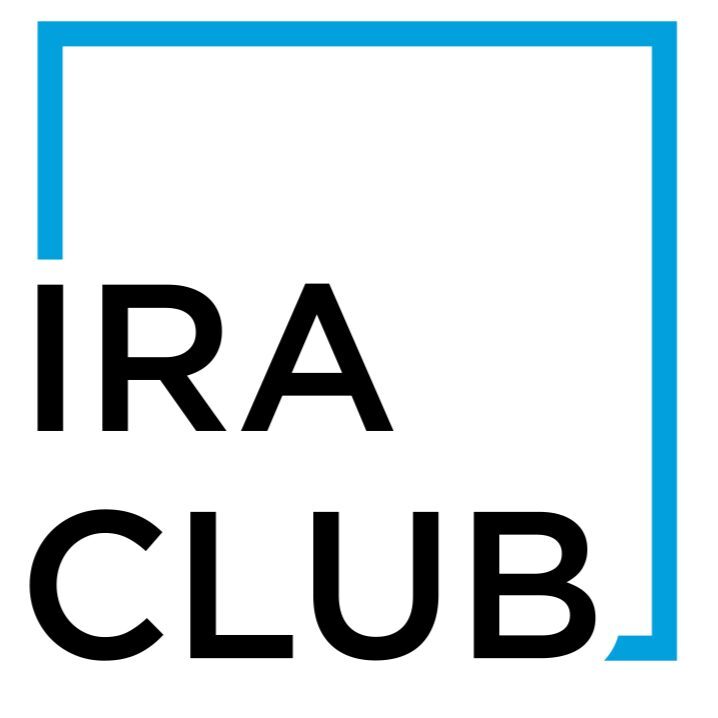Retirement Planning
Naming a beneficiary is a very important aspect of planning your retirement, especially in the face of unexpected events. When establishing your IRA, HSA, or Solo 401 (k), it is a good idea that you:
- Name a beneficiary
- Name a contingent beneficiary
- Review the beneficiary you selected whenever you have a life event
- Keep your beneficiary selections simple and uncluttered
Name a Beneficiary
Some people pass without a named beneficiary for their IRA (or possibly the beneficiary proceeds them in death). When that happens, the IRA becomes part of your estate and must go through the costs and delays of Probate. However, if you named a beneficiary (we will assume you named a living person), your IRA avoids both the costs and delays of probate because your IRA becomes the property of your named beneficiary immediately following your death. We highly advise that you name a beneficiary and avoid any complications regarding probate court.
Name a Contingent Beneficiary
It is possible your named beneficiary may have proceeded you in death and you forgot to update your IRA account, or you and the primary beneficiary die in a single event. If you have already identified a contingent beneficiary, you have removed any question as to your wishes relating to where the account goes. Plus, as above, your IRA will avoid the costs and delays of probate court.
- Your named beneficiary has the right to disclaim the inherited IRA. What does this mean?
The IRS understands that things change. Maybe there were already ample assets for that beneficiary and as such, the primary beneficiary does not need your account. If this happens the named beneficiary may decide, “Why make the others wait?” The named beneficiary has 9 months to disclaim your IRA. Note that the primary beneficiary should make the disclaimer in writing and have it notarized, or better yet, obtain a medallion stamp from a local bank. IRA Company will honor their wishes and remove the primary beneficiary position.
Review Your Beneficiary Selection After a Life Event
Life happens. Divorce, adopted children, illness, and changes in financial situations happen. We have had cases where the IRA owner just plain forgot the beneficiary that they named. No matter! From time to time it is a good idea to check your beneficiary form to see that the person or persons you named still match your goals.
If you would like to add a beneficiary to your account, simply submit a Beneficiary Designations Form.
Don’t know who you have listed as a beneficiary, if your account is with IRA Club, contact us!
Keep Your Beneficiary Selections Simple and Uncluttered
In an earlier blog, we discussed how different classes of beneficiaries have different payout periods. For example, spouses have one payout period, children have another, and non-living beneficiaries (estates, trusts, charities) have a third. Mixing beneficiary types on the primary beneficiary line can create confusion and unnecessary complexity.
For example, your primary beneficiaries could be:
- My wife Mary Smith: 50%
- My two children from my first marriage: Alice Smith: 12.5% and Andrew Smith: 12.5%
- The two children from my second marriage: Betty Green: 7.5% and Robert Green: 7.5%
- The American Cancer Society 501 ( c ) (3) EIN 13-17884921: 10%
While this is fully doable, it may be easier for you to simplify the distribution process by establishing separate IRAs for all the separate groups.
In another blog, we will cover the answer to the question, “Can your beneficiary designation be changed after your death?” Hint: Yes, it can. Typically for tax reasons, and it can be a very good thing.
For more information about designating a beneficiary, click here to visit the IRS page regarding the topic.
For information about the Self Directed IRA or Solo 401k, call IRA Club at 312-795-0988
IRA Club offers no investments, products, or planning services. Therefore, please consult your attorney, tax professional, financial planner, and any other qualified person before making any investments. Be advised that IRA Club does not evaluate, review, monitor, recommend, warrant, guarantee, or otherwise endorse the legality, tax treatment, propriety, performance, or reliability of any investment, service, statement, opinion, or other representation provided with respect to the investment opportunities listed on its site or their sponsors or providers. IRA Club has no financial arrangement, partnership, joint venture, or other affiliation with the sponsors or providers of these investments. IRA Club shall not be liable for any misinformation, misrepresentation, negligence, act, omission, investment results, or any wrongdoing with respect to any of these investments or their sponsors or providers.




